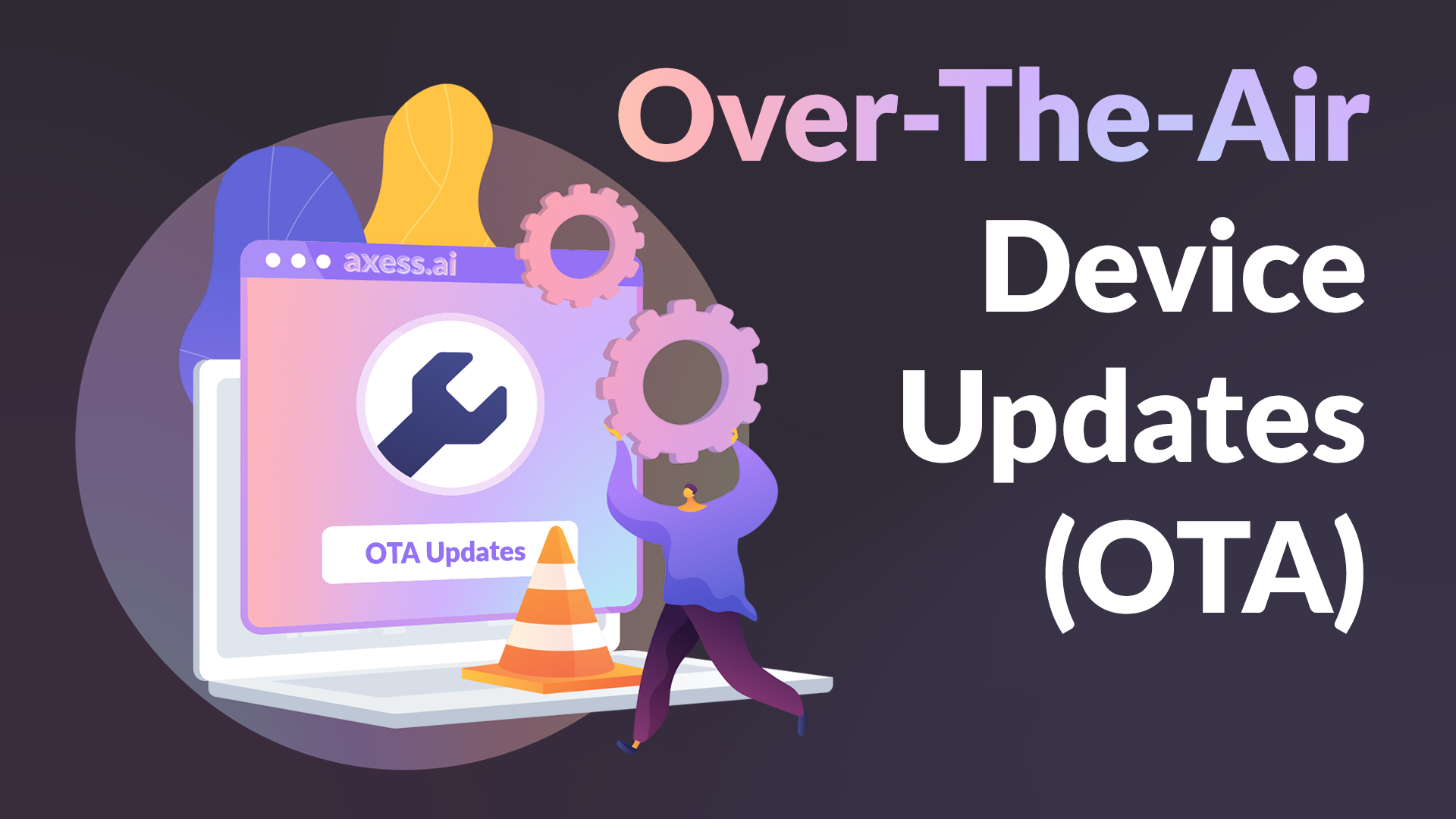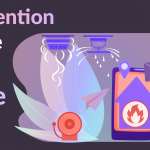An Infinite Product Lifecycle!
-Every Product Designer ever
The 3 magical words that every Organisation yearns for. To be able to design a product so perfect that it needs no alterations, and is able to stand the test of time, make truly a timeless design that stays relevant even 10 years later. Every product designer wants to be able to conceptualize the next ingeniously simple thing that everybody wanted but nobody knew they needed it!
But alas we live in the age of technology, where the Moore’s law obsolete’s everything after a couple of years, with something newer, faster, better just around the corner every single time. How many times has it been that you bought a new phone, laptop, car listening to the hype surrounding it, and a few months later everyone has forgotten about it and has moved on to the next new thing? I think all my fingers combined won’t be enough to count those instances.

This might seem like a boon at first, but also it leads to significantly stunted customer experiences, because from a manufacturer’s perspective, when consumers only care about the latest and the greatest, there is little to no incentive for them to invest in good product design and polished user experiences, that is unless they risk being left behind their competition in the race to adopt to the latest hyped technologies and outclassed in terms of pricing.
A Question Arises
But what if we start creating products that continuously improve over time, even after customers already have the product in their hands. Sounds crazy right? A product that continues to remain relevant years after it has launched, that too in the technological field, it’s a dream come true for any organization, especially in the current market, where almost all product designers keep complaining about shorter and shorter product life cycles. No more taking huge risks and launching new products from the ground up, each time you want to add a new feature, tweak product behavior just for some immeasurable amount of improvement, with virtually no guarantee in better sales.
Taking Apple as an example; In the Early to Mid 2010s, when Google eventually took over the Majority Chunk of the Smartphone Marketshare, by leveraging its Open-Source Operating System Business Model. Apple still never lost its relevance, despite being a closed ecosystem that played well only with their devices. Apple still had some of the highest growth periods of all time. Why? Simply because of its really long product life cycles. Apple had built this unspoken trust and reputation amongst the community that if you’re buying their products, you’re going to be relevant for a really long period of time. Unlike Android, where Google could never control how long Device Manufacturers were going to support their devices, and universally accepted that device support was dropped completely after the launch of a newer or better product. It was this trust that Apple built, that its consumers were willing to pay a premium for their devices, this trust which Apple still holds to date, by offering 2-3x longer Device Lifecycles than their Android counterparts leading to one of the best customer retention cycles in history.
How can I as I small product designer/engineer build that trust with my customers and enable those really long product lifecycles? The secret is simply through seamless OTA Updates.
OTA Updates
Over-the-air updates refer to the common practice of remotely updating the code of a device. This can be either through software or firmware updates. One cannot overstate its importance, as it is of the most essential features to be included within a connected product.

From a business perspective, it enables acumens such as:
- Add new features to a product and potentially create new revenue streams by observing consumer use case patterns, even after the product is in the hands of the consumer.
- Fix Bugs and Patch Security Vulnerabilities as soon as detected, thereby avoiding expensive product recalls and RMA claims.
- Tweak Product Behavior and continuously make changes and improvements using Data and Feedback generated from your device.
A little extra effort in adding OTA can go a long way in improving client retention and building greater trust in your brand. It’s a win-win situation for everybody. Prior to OTA, it was very difficult for brands to make any changes in their devices, especially something such as a security or safety vulnerability became a very expensive ordeal for organizations as they had to spend millions doing physical product recalls, disassemble the device, reprogram it, put it all together and ship it back to the owners. Sounds like a headache alright!
This doesn’t make a good story from any angle whatsoever, not only is it really burdensome and expensive, it negatively affects your Brand Image as well. This was a subject of much criticism to multiple car manufacturers such as Ford and Chrysler when they were faced with a security vulnerability in their cars. On the other hand, companies such as Tesla, are famous for adding new features and boosting car performance just through software updates. These small things do go a long way in terms of the consumer image of your brand, and how your clients view your brand from a long-term perspective.
What makes a Good OTA Platform
Great, you know understand the importance of OTA Updates, and wish to build a system of your own for your next product. What are some important things and features to keep in mind when designing something as sensitive as OTA updates, a feature which can either make your product amazing, or brick it up entirely to a paperweight.

- Your OTA system should automatically detect device state and context before pushing the update across its devices. It’s never a good idea to disrupt user or device workflow. (Imagine shutting down your user’s car in the middle of a Traffic Jam just to force a security patch!)
- In case the update fails or interrupts due to some reason, provide Automatic Firmware Rollback to devices, You’re not getting a positive customer feedback if their device bricks due to a software update.
- From your side, create a seamless and unified interface so that you may be able to push critical updates quickly to your devices without any added complexities.
- Have the option to push updates to only a subset of devices, you don’t always need to be able to give all the updates to all your devices, this is useful for Developers or to test Unstable Betas.
Conclusion
The benefits offered by a good OTA far outweigh the initial investment that one might have to put up in developing the technology. We understand it might be difficult to build an OTA solution in-house for startups and small scale hardware manufacturers, especially if it’s for a single product, they must decide if purchasing a platform that has OTA firmware functionality is more efficient and effective way to update remote wireless devices.
We truly believe OTA Updates is the future of Connected Devices and IoT. It is the foundational groundwork of powering the reliability and scalability of connected devices. The ones who’ve realized this will be a step ahead of the competition as we enter the dawn of industry 4.0.





